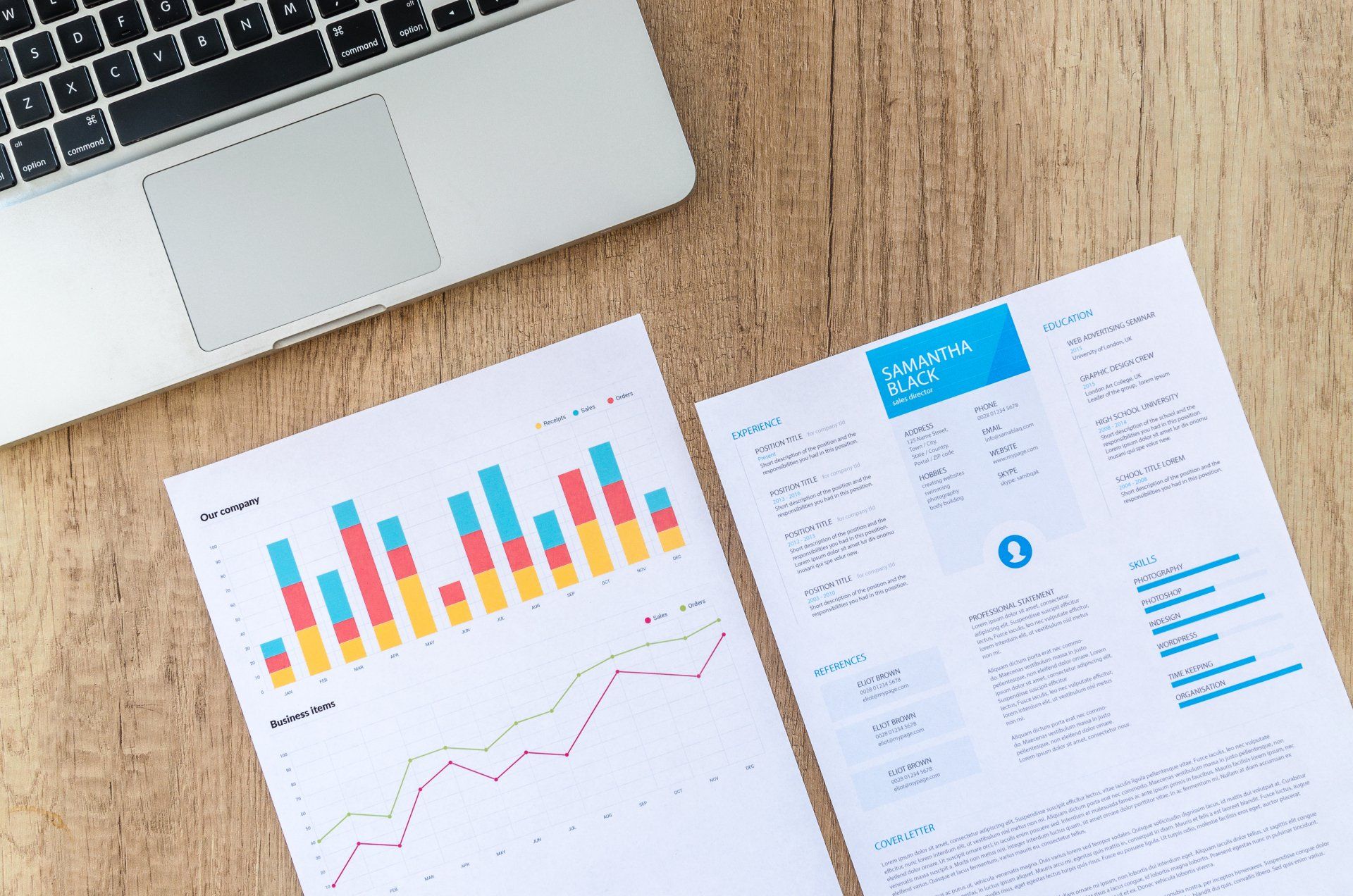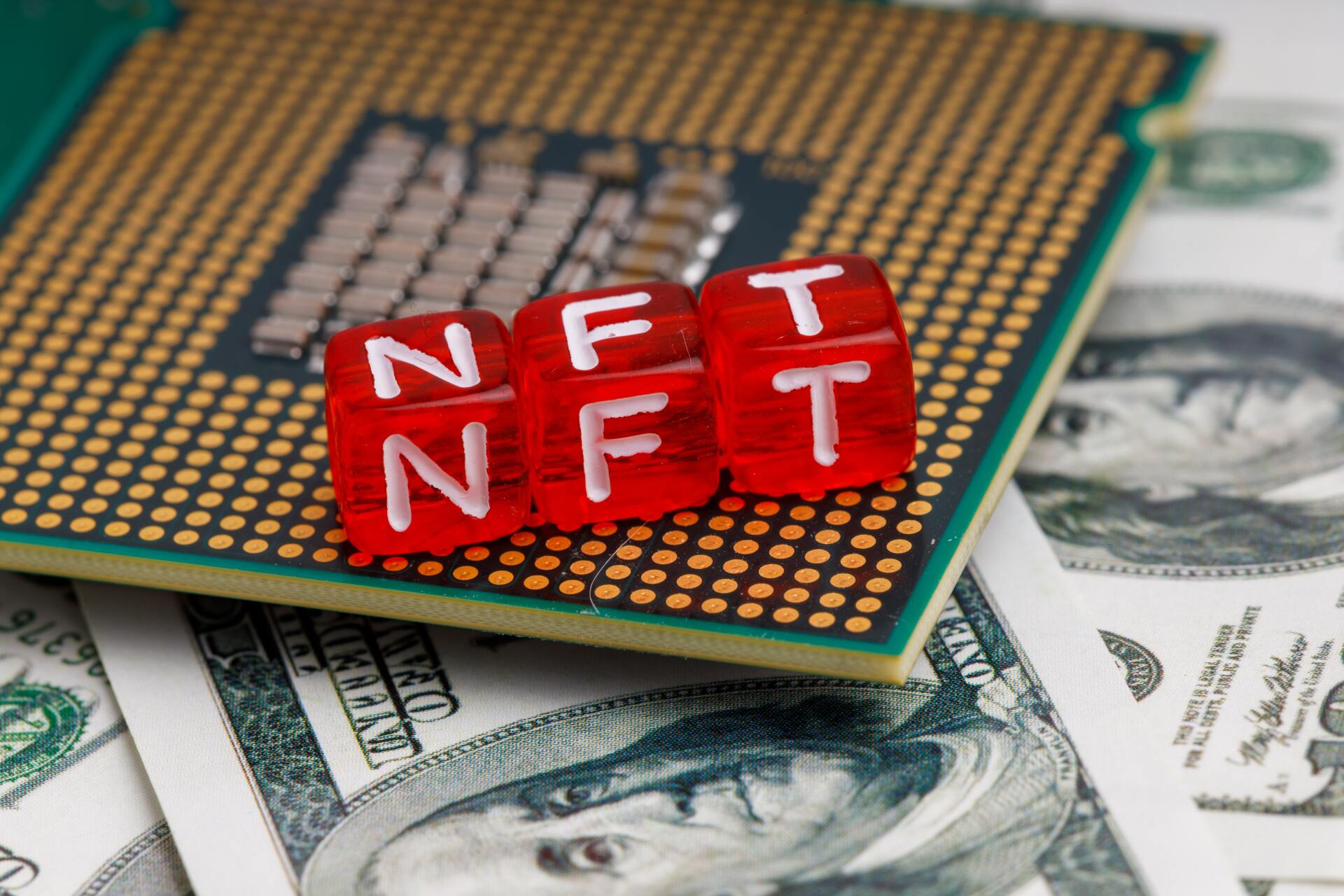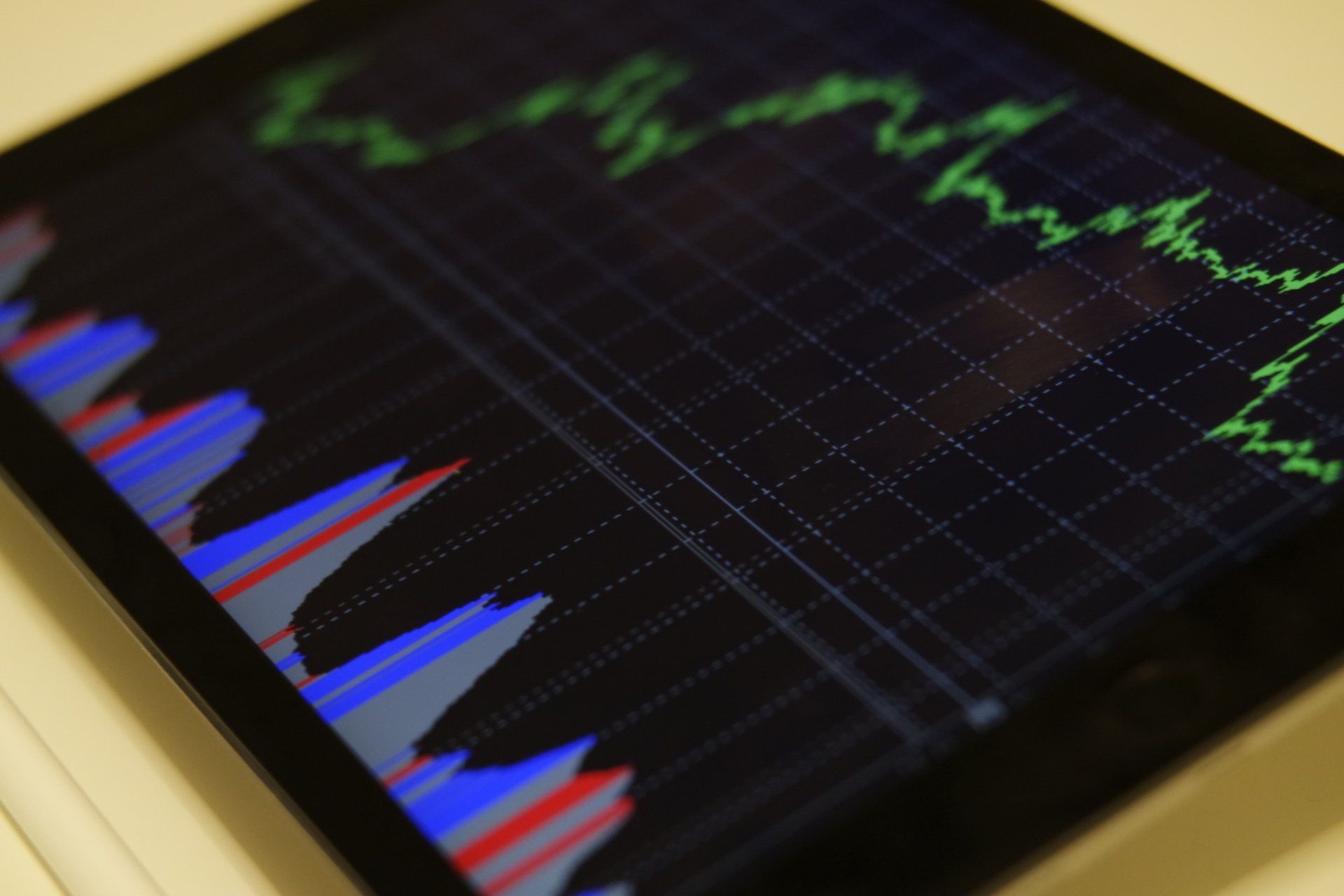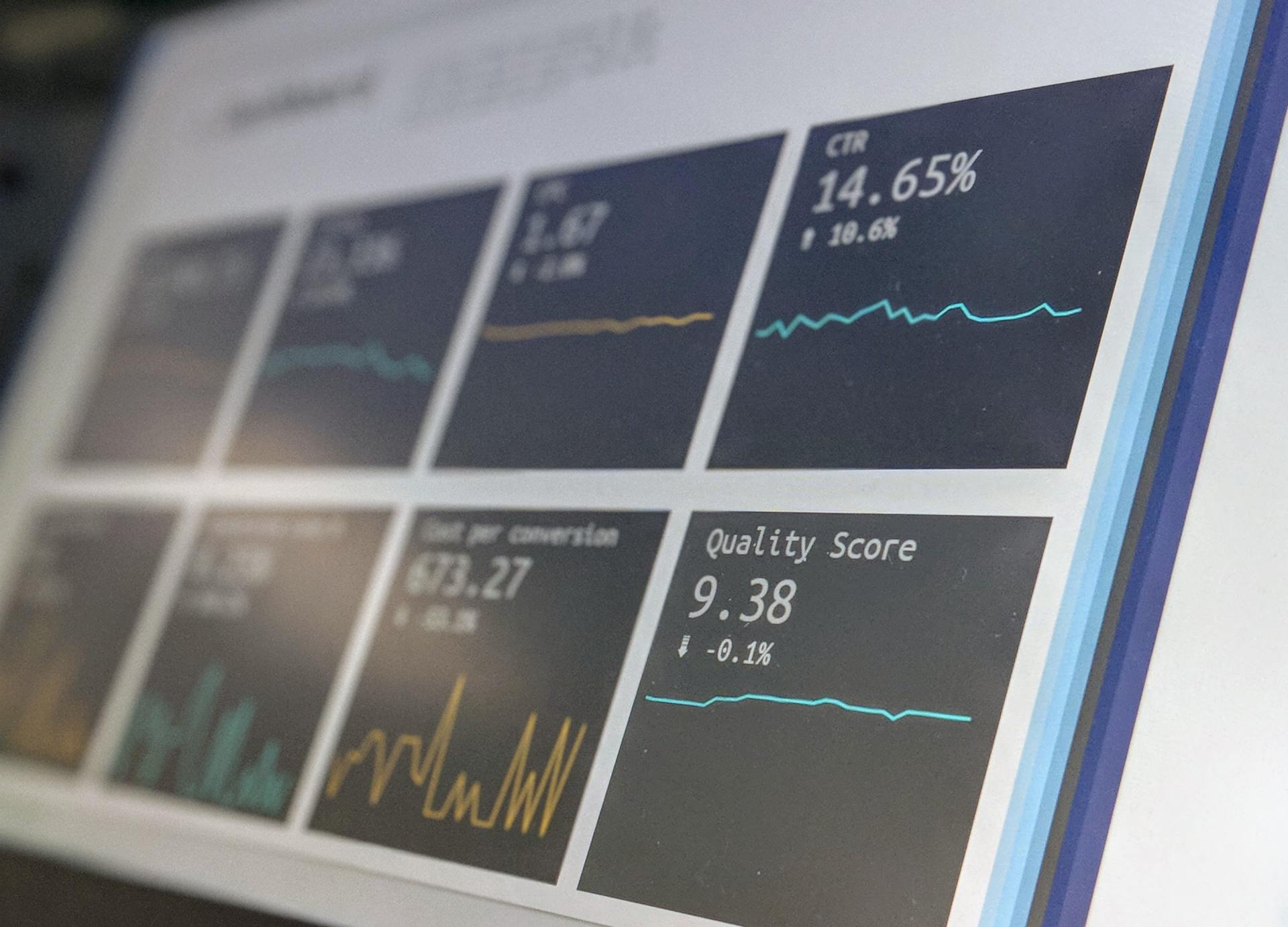
What is Market Volatility and What Does it Mean?
Volatility as a Statistical Term
Simply put, volatility is the degree to which a stock varies from its average price. This means that a stock that is highly volatile will often move up or down in price very quickly whereas a non-volatile stock will rarely deviate from it's moving average.
Having a low volatility does not necessarily mean that the stock is not profitable. In fact, many low-volatility stocks are very profitable over time and many high-volatility stocks either lose or simply retain value over longer periods of time. Volatility is not a measure of profitability, but rather, a measure of variance around the trendline.
Below, in Figure 1.1, a profitable, but low-volatility stock is pictured. Notice how the stock's price (green line) stays relatively near to its trendline, or moving average price (pink line). This is the definition of a stock that is not very volatile.

What Does Volatility Look Like?
Now that we've defined volatility, let's talk about how to recognize it. Linear trendlines (the pink line shown in figures 1.1 and 1.2) are a simple visualization of the average value of the dataset over time. They are always straight, which makes them easier to visualize. In a pinch, you can draw a straight line, anchored to the first data point and then move the right end of the line up or down until it sits as evenly as possible amongst the rest of the dataset.
Now that you have your trendline, you can compare it with the dataset. Are there large spikes up or down, away from the trendline? If so, you've just identified an area of higher volatility! Now that you've visualized that process, take a look at Figure 1.2 and see if you can identify the points of higher volatility/.
Figure 1.2 - A high-volatility stock is also easily recognizable as data frequently and erratically diverges from the trendline. Stocks can be highly volatile and still have a relatively flat trendline as pictured above.
Market-Wide Volatility
Just as we can evaluate volatility for an individual stock, we can evaluate volatility for an entire industry or sector, entire index, and even the entire stock market! There are numerous methodologies for doing just that, but the one we'll focus on today, is The Chicago Board Options Exchange's (CBOE) VIX Index. The VIX Index is a measurement tool that reflects expected volatility in the S&P 500. The ticker symbol for the index is: VIX, but it may be worth noting that the index is non-tradeable as its price is meant to be used as a measurement tool.
So Why Does Volatility Matter?
Experienced investors often consult market conditions (including volatility) as they make investing decisions. As investments are, by nature, forward-looking, indicators such as volatility can help investors predict general market movements and growth. Though there are no perfect instruments in diving the future, the VIX has helped many investors get on the right side of upcoming market volatility.
Remember the integral relationship between risk and reward, being; More Risk = More Reward. Any period of increased volatility in a stock or market is a time of increased risk (therefore, an opportunity for increased gains/losses). Interestingly, a recent study put out by Crestmont Research found that increased volatility corresponds to an increased probability of a declining market, while decreased volatility corresponds to a higher probability of a rising market. In simpler terms, volatility generally points to a declining market.











